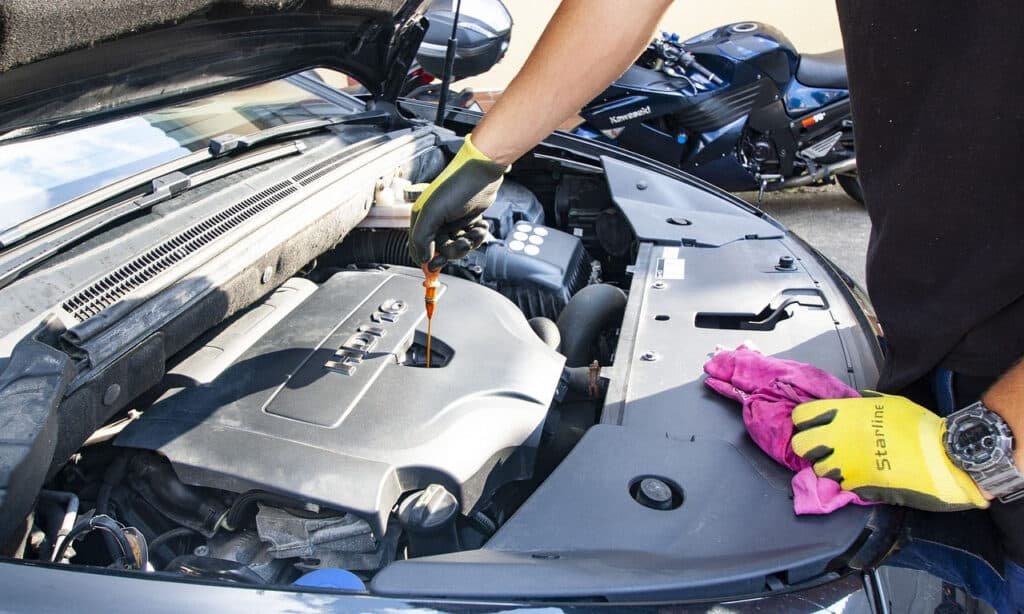Driving on a beautiful road is pleasant but sometimes driving long distances can be tiring. So, it is important to take breaks to ensure your safety and comfort. However, the question of how frequently you should take breaks when driving long distances can vary depending on a variety of factors, such as the length of the drive, the road conditions, and your personal preferences. In this article, we will explore some guidelines to help you determine how frequently you should take breaks when driving long distances.
Table of Contents
ToggleThe principle of Driving Fatigue
Before diving into the specifics of how often to take breaks in long driving, it is necessary to understand the basics of driving fatigue. Driving fatigue can be caused by a variety of factors, such as lack of sleep, prolonged driving, or even the monotony of a long drive. When fatigue sets in, it can impair your ability to focus, react, and make decisions while on the road. This can be dangerous, as it can increase the risk of accidents and injuries. So, you should take this seriously.
The Role of Taking Rest Breaks
One way to avoid driving fatigue is by taking rest breaks. Rest breaks can provide a chance for you to stretch your legs, rest your eyes, and refresh your mind. They can also help you maintain your alertness and reaction time, reducing the risk of accidents and injuries. Always remember to have a sip of water during Rest Breaks.
Some Guidelines on How frequently should you take breaks when driving long distances?
1. Plan Your Route Accordingly
Before you hit the road, it is important to make a proper plan to select the best route. This can help you determine where you may need to stop for rest breaks along the way. Consider factors such as the length of your drive, the road conditions, and the availability of rest stops or services along your route. Don’t forget to use Google Maps to understand the traffic condition of the road.
2. Take a Break in Every Two Hours of Driving
As a general rule of thumb, it is recommended that you take a rest break every two hours when driving long distances. This can help you maintain your alertness and reduce the risk of fatigue-related accidents. During your break, stretch your legs, use the restroom, and grab a snack or drink to help you refuel and refresh.
3. Consider Your Personal Needs
While the two-hour guideline can be a good starting point, it is important to consider your personal needs when determining how often to take rest breaks. For example, if you have a medical condition that requires frequent breaks, or if you are traveling with young children who may need to use the restroom more often, you may need to stop more frequently. If you are diabetic, follow the instruction of your doctor to use the restrooms.
4. Be Mindful of Your Body
Your body can provide clues as to when it is time to take a break. For example, if you feel drowsy, have difficulty focusing, or experience muscle tension or stiffness, it may be time to pull over and take a rest break. Listen to your body and take breaks as needed to ensure your safety and comfort.
5. Adjust Your Schedule Based on Conditions
The frequency of rest breaks can also be influenced by road conditions, weather, and traffic patterns. For example, if you are driving on a winding road, through heavy traffic, or in adverse weather conditions, you may need to take more frequent breaks to help you maintain your focus and alertness.
6. Take Longer Breaks When Necessary
While it is important to take regular rest breaks, it is also important to take longer breaks when necessary. For example, if you are feeling particularly fatigued or if you have been driving for an extended period, consider taking a longer break to help you recharge. This can include taking a nap, getting a meal, or engaging in a relaxing activity.
Additional Tips for Safe Driving
In addition to taking regular rest breaks, there are several other tips you can follow to ensure safe and comfortable driving:
1. Get Enough Sleep
Before embarking on a long drive, make sure you are well-rested. This can help you maintain your alertness and reduce the risk of fatigue-related accidents.
2. Stay Hydrated
Dehydration can contribute to fatigue and impair your ability to focus. Make sure to drink plenty of water and other fluids throughout your drive to help you stay hydrated and alert.
3. Avoid Heavy Meals
Eating a heavy meal before or during a long drive can cause drowsiness and reduce your alertness. Instead, opt for lighter, healthy snacks and meals that can help keep your energy levels up without weighing you down.
4. Use Rest Stops and Services
Rest stops and services along the highway can provide opportunities to stretch your legs, use the restroom, and refuel your vehicle. Take advantage of these services to help break up your drive and maintain your comfort.
5. Share the Driving
If possible, share the driving responsibilities with another licensed driver. This can provide opportunities for rest breaks and help reduce the risk of fatigue-related accidents.
6. Take a Break if You Feel Fatigued
If you start to feel fatigued or drowsy while driving, pull over to a safe location and take a break. This can include stretching your legs, taking a nap, or engaging in a relaxing activity. Avoid driving until you feel alert and focused. You should also consult with a doctor in any emergency situation. For Online Consultation, you can use Teladoc.
Conclusion
Driving long distances is sometimes challenging, but taking regular rest breaks can help you maintain your alertness and reduce the risk of accidents and injuries. By planning your route, taking breaks every two hours, and adjusting your schedule based on your personal needs and road conditions, you can help ensure a safe and comfortable driving experience. Remember to listen to your body, stay hydrated, avoid heavy meals, and consider sharing the driving responsibilities if possible. With these tips in mind, you can make your next long drive a safe and enjoyable experience.
Does your Car Shakes at Idle but Smooths Out While Driving? Here is the Causes and Solutions.





